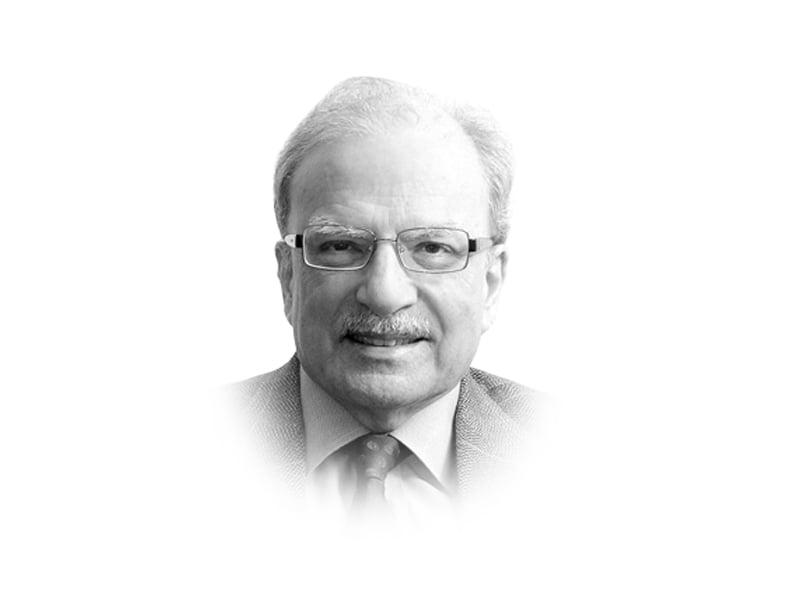
There can be little doubt that the world, prompted mostly by the United States President Donald Trump, is heading towards creating a new world order. This will be different from the one the United States fought from 1945 to 1991. The Second World War ended in 1945 with Washington as the clear winner although what was then called the Union of Soviet Socialist Republics, the USSR, played an important role in beating the axis powers of Germany and Italy on the battlefield. In 1991 the USSR collapsed creating a string of new independent states in Eastern Europe and Central Asia.
The new cold war that is now taking shape is basically defined by the growing rift between the United States and China. The latter is now the second largest economy and also has the second largest population in the world. The United States has the world's largest economy while India has the world's largest population. Before defining the shape the new cold war is likely to take, I will, albeit briefly, describe the global order that had emerged after the end of the Second World War in 1945 and lasted until the arrival of Donald Trump in Washington as the 47th president of the United States.
The first cold war began the day Nazi Germany and Italy, its axis partner, laid down their arms and the United States and its European allies emerged as the clear winner. The USSR was also on the winning side. It lost more people in the conflict than those that were killed belonging to the other winning partners. However, it did not participate in the deliberations that followed the end of the war since its governing philosophy was based on one-man rule which was very different from that followed by America and its western partners.
A couple of international conferences held after the war was over defined how relations among the world states would be managed. This would be done on the basis of three basic principles. One, the system would be democratic, in the sense that no single nation would dominate it. All participating states, big and small, would have an equal voice. Two, the constituent parts of the system would observe agreed rules to manage their relations with one another. Three, force would not be used to alter international boundaries. Since the USSR did not join the system, it defied the third rule in two instances: in Afghanistan and Ukraine.
The new world order was influence by the thinking of John Maynard Keynes, the British economist who had studied the impact of the decisions taken at a conference held in the French city of Versailles where the victors of the First World War decided to exact the price from the losers. Those who lost would pay the cost of the war incurred by those who had won. This placed a heavy tax burden on the citizens of Germany and Italy which eventually led to the rise of Nazism in Germany and a similar party in Italy. The result was the Second World War.
Keynes's argument that rebuilding should replace reoperations was accepted by the 44 participants in the conference held at Bretton Woods, a hill resort in New Hampshire, a northeastern American state. Before the Bretton Woods Conference was held, the vectors had agreed to establish the United Nations, a collective body in which all world states were represented. There number increased as the European powers withdrew from Asia and Africa, giving impendence to the colonies over which they had ruled for a couple of centuries. Pakistan was one of the new states that arrived on the world sage.
There was also an agreement to create several other international bodies. The International Bank for Reconstruction and Development (IBRD) was to provide relatively low-rate finance to revive the economies of the war-torn countries of Europe and also for Japan. It was to borrow money from the capital markets with repayments guaranteed by rich nations. That made it possible to borrow at the relatively low rates available to the United States Treasury. Later new institutions were added to IBRD which, with the addition of the International Development Association (IDA) and the International Finance Corporation (IFC), became the World Bank Group (WBG). The IDA was given grants by the well-to-do countries which were passed on to poor nations with a small addition to finance its operations. India, Pakistan, China and dozens of African nations were the principal IDA beneficiaries. The IFC borrowed from the capital markets and lent the money obtained to private enterprises in the developing world.
The International Finance Corporation (IFC) was created to stabilise financial markets operating around the world. It lent its resources to the countries facing serious financial stress. Pakistan has gone repeatedly to the IMF to obtain loans to meet its foreign obligations. The IMF help becomes available in return for the borrowers accepting its conditions. These are developed to restore financial stability among its clients.
There were other international organisations that were added to the international system. The World Trade Organization (WTO) was established in 1995 after a meeting held in Marrakesh, Morocco. It was a successor organisation to an operation called the General Agreement on Tariffs and Trade (GATT) which watched the development of trade practices around the globe but could not arbitrate if disputes took place among the trading nations. The WTO filled this gap by creating a standing panel that could be appealed to by nations with serious differences on trade matters. The decisions given by the panel were binding.
The post-World War Order, although democratic in the substance of its operations with equal rights given to all participating nations, the large and rich countries were given some concessions. For instance, the Security Council of the United Nations was to have 15 members, 10 elected by the General Assembly and five nations with permanent seats. Britain, China, France, Russia, and the United States were the Council's permanent members with the right to veto the resolutions that were not to their liking. This occurred quite frequently. The United States was given the righto nominate an American citizen to become the president of the WBG while the Europeans could select one of its citizens to be the Director General of the IMF. With time, more institutions were added to the global system, among them the World Health Organization, and the United Nations High Commission for Refugees (UNHCR). This global order is now under great stress because of the actions taken by the administration headed by the newly-elected US President, Donald Trump.

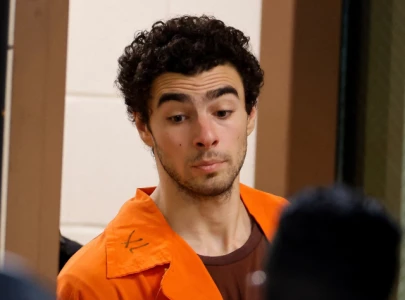




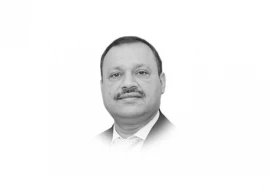
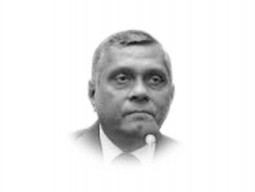
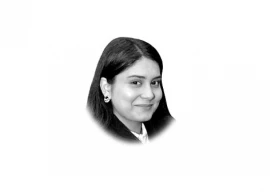
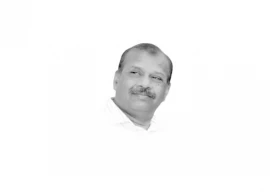
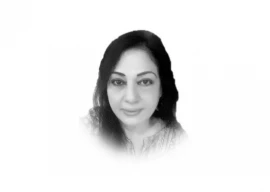
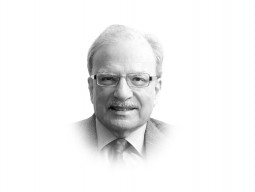






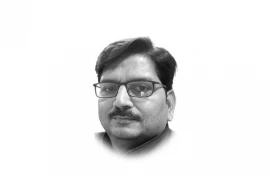
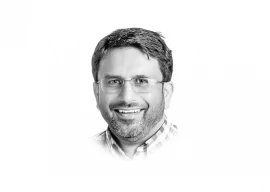
COMMENTS
Comments are moderated and generally will be posted if they are on-topic and not abusive.
For more information, please see our Comments FAQ